5 Easy Ways to Lose 2 Pounds a Week
Do you want to lose a pound in just three days? It may be easier than you think, claims one expert. Alex, aka @alexxandra.fitt, is a fitness trainer and influencer whose goal is "helping women lose weight without the restrictions." In a new social media post, she reveals how she helped one of her clients lose 10 pounds in just 30 days. "My client Lexi lost 10lbs in her first month of working together, and I'm gonna tell you exactly how she did it so you can too," she says. Body Network's Resident RDN, The Diet Diva Tara Collingwood, also weighs in.
Creating an Eating Schedule
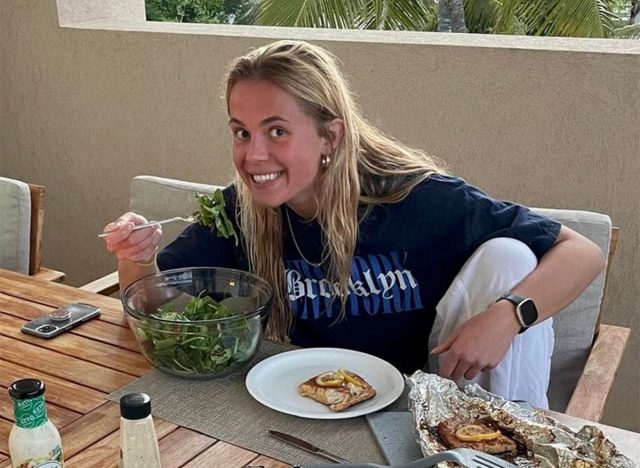
The first tip is creating an eating schedule. "Pack your meals to work," she says. "This helped Lexi a lot with her binge eating because she was eating throughout the day!"
Body Network's Expert Weighs In

"Planning and preparing food ahead of time can really help with preventing eating out and having healthy food on hand," says Body Network's Resident RDN, Tara Collingwood, MS, RDN, CSSD, LD/N, ACSM-CPT, a Board Certified Sports Dietitian and co-author of the Flat Belly Cookbook for Dummies. "Remember to pack snacks as well as lunch to keep you going all day."
Walk for an Hour Daily

Next up, get your steps in. "Go for a one-hour walk every day. If you can't get 10,000 steps, do an hour walk at least. This can be broken up into two 30-minute walks as well," she recommends.
RELATED: 15 Ways to Lose Weight Every Weekend
Body Network's Expert Weighs In
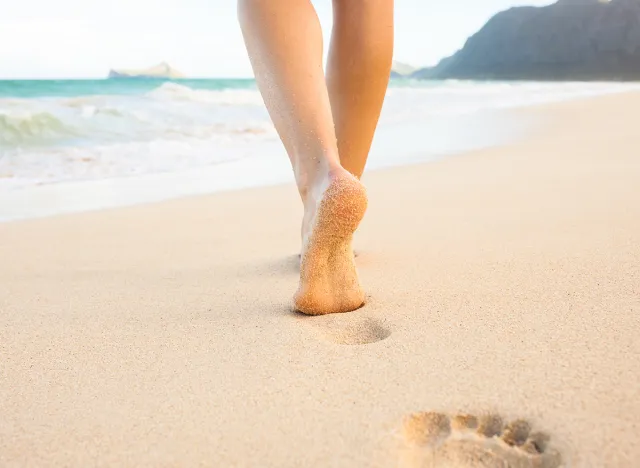
"Our lives have become so sedentary, and it is sending our metabolism into a tailspin and reducing the number of calories we burn significantly," says Collingwood. "Moving your body with a walk or small bouts of exercise every day is necessary to counteract all of the sitting we are doing."
Also, Exercise Three Times a Week
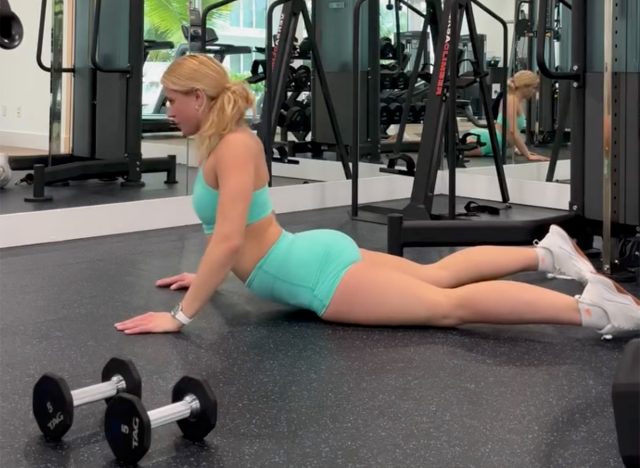
"Do some type of exercise three times a week. This can be at home, Pilates class, yoga anything," she recommends. "Lexi lost another 8 pounds in a month when she consistently followed the workouts I gave her."
RELATED: This Is the Best Time of the Day to Exercise, According to Science
Body Network's Expert Weighs In

"When we lose weight, we lose fat but also muscle tissue," explains Collingwood. "Doing resistance based exercise like lifting weights, bodyweight exercise, yoga, or pilates type workouts can help to maintain or even potentially build muscle instead of losing it during our weight loss journey."
RELATED: 10 Quick Exercises to Firm Up Loose Skin in 10 Days
Cut Soda and Fried Food Out

Next up, clean up your diet. "Lexi was a huge soda addict. She cut out soda slowly and switched to sparkling water. Fried foods was a NO go as well she was committed," she says.
Body Network's Expert Weighs In
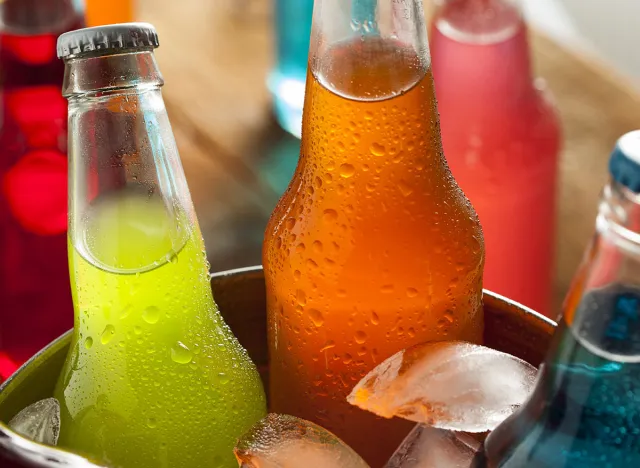
"Regular sodas are the number one source of added sugar in our diets," agrees Collingwood. "It is not filling and provides nothing but sugar. Sparkling water is hydrating and provides zero calories. Fried foods are laden in oil, which is extremely calorie dense and not conducive to weight loss."
Consume More Protein

Her final tip? "Protein baby," she says. "I gave Lexi a meal plan with 140g of protein to eat a day she weighed 160 lbs at the start and dropped down to 142 lbs."
RELATED: 20 Possible Ozempic Side Effects
Body Network's Expert Weighs In
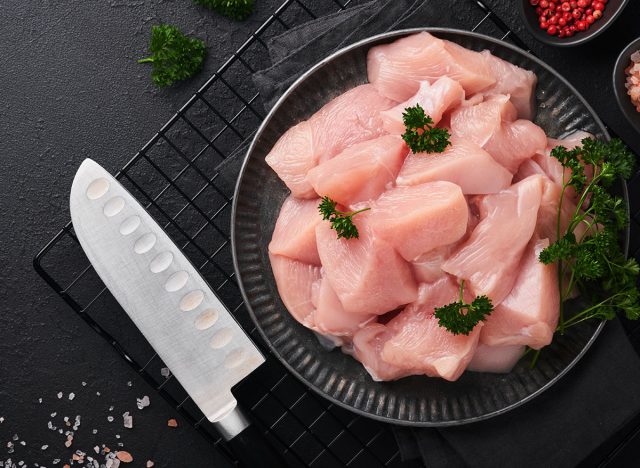
"Protein is essential but everyone needs different amounts," explains Collingwood. "140 grams of protein for a woman is a lot of protein and may be difficult to achieve especially when on a weight loss diet."
💪🔥Body Booster: Combine weight loss with resistance exercises like strength training, yoga, or Pilates to keep your muscles strong and healthy throughout your journey.





